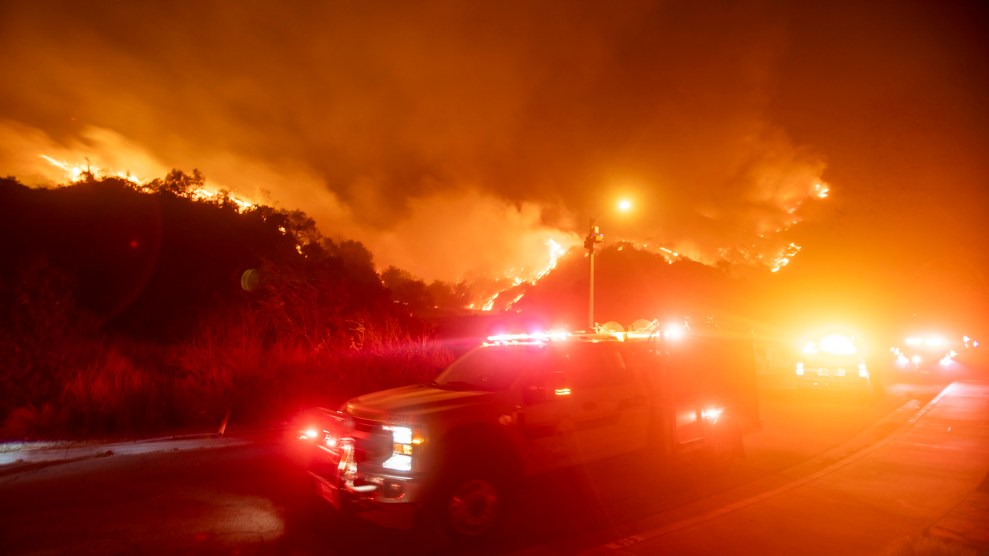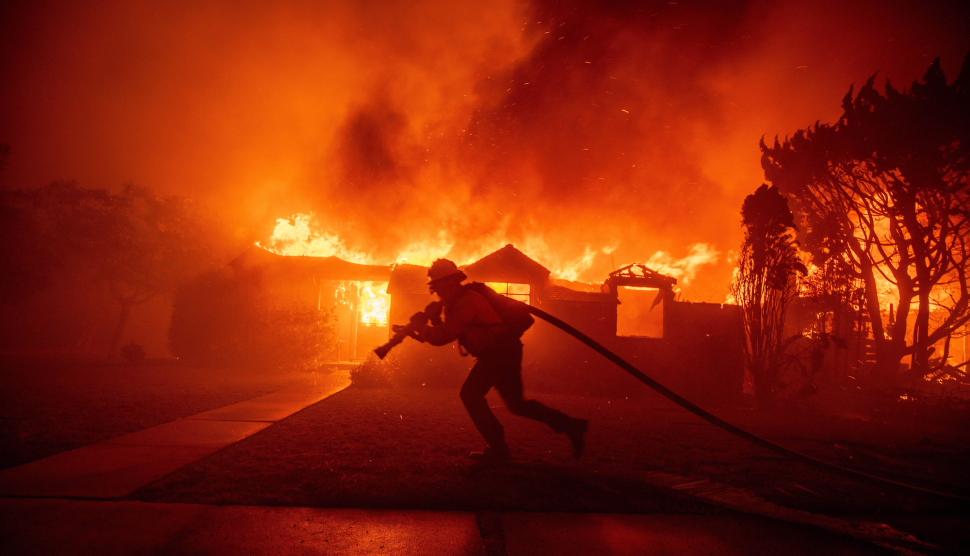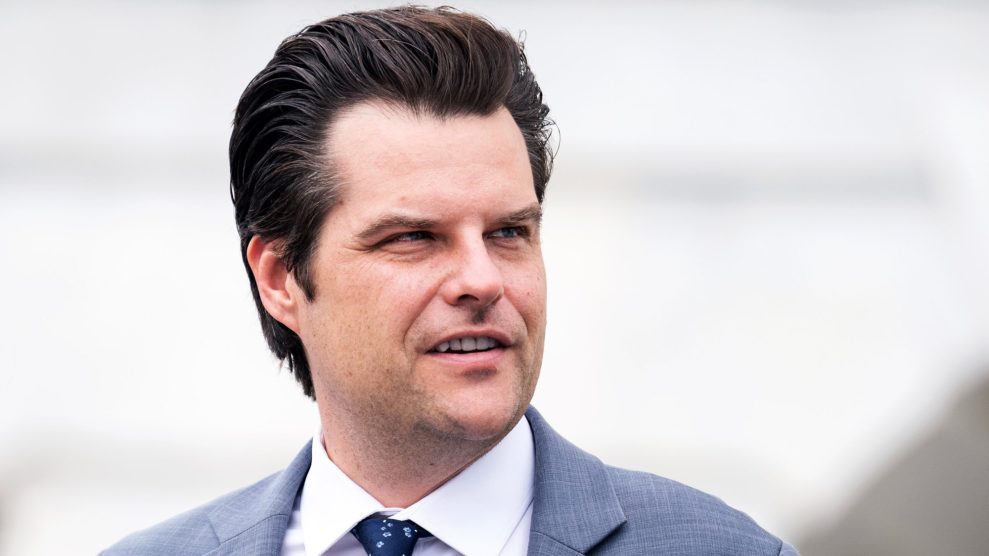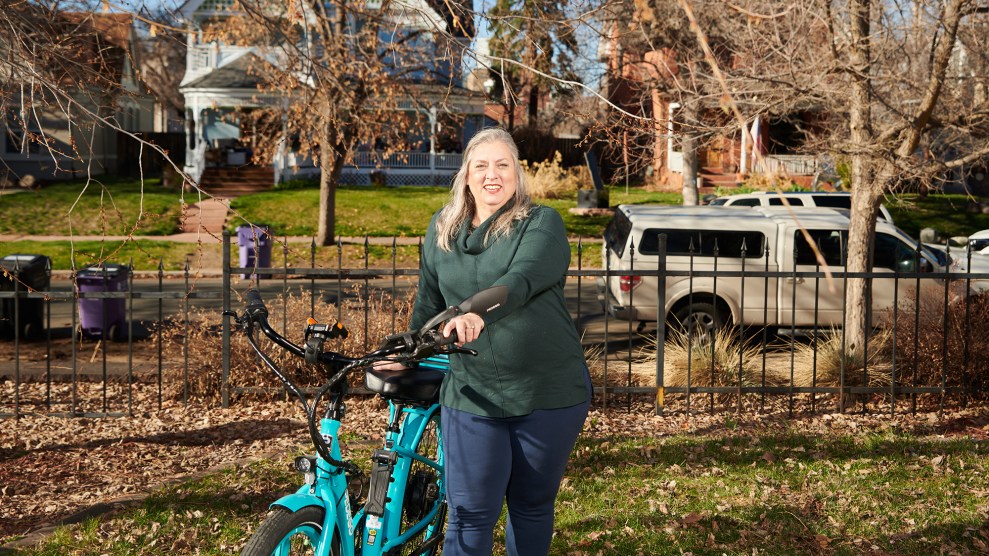Justin Bieber is not only responsible for ruining my teenage years—he is also apparently responsible for ruining a scenic Icelandic canyon, according to new reports.
The pop star’s 2015 music video, “I’ll Show You,” which features Bieber frolicking through Iceland’s Fjaðrárgljúfur canyon, has inspired fans in the past few years to visit the landmark. Tourism to the area has gotten so heavy—at least an estimated one million people have visited the site since the video first aired—that officials are temporarily closing the canyon to tourists in an effort to protect its vegetation and trails from further degradation, the Associated Press recently reported.
While Bieber isn’t solely to blame for the closure, as Iceland’s environment minister Guðmundur Ingi Guðbrandsson told the AP, “[r]ash behavior by one famous person can dramatically impact an entire area if the mass follows.”
What happened in Iceland is, unfortunately, not an isolated incident. Since the rise of social media, and Instagram in particular, park rangers and land managers have reported surges in visitors to some of the globe’s most remote areas—resulting in vandalism, pollution, and destruction of landmarks themselves. (Not to mention harm to the human body as people try to get that perfect selfie with a wild animal.) Mass visitation in the pursuit of the perfect picture has become so common that there’s even a term to describe the phenomenon: “loving nature to death.”
Here are a few other natural places that have fallen victim to celebrity endorsement- and influencer-driven Instagram masses:
Horseshoe Bend
Glen Canyon National Recreation Area, Arizona
Perhaps the quintessential example of death by “love,” Horseshoe Bend saw a 100 percent surge in visitors in the past eight years, according to Outside magazine. (For reference, Instagram was founded in 2010.) The crowds have created “a spiderweb of unofficial trails near the iconic viewpoint, and a few [people] fell hundreds of feet to their death,” writes Matt Wastradowski in Outside. To deal with the influx of visitors, park managers built a safe-viewing platform, a new trail, and signage reminding visitors to bring water.
Delta Lake
Grand Teton National Park, Wyoming
Between August 2016 and August 2018, visitation to the Delta Lake trail in Grand Teton National Park increased 164 percent. In the decades prior to 2010, “it was not very heavily used at all,” former Grand Teton ranger Renny Jackson told Jackson Hole News & Guide. “You would never expect to see anyone in Glacier Gulch.” The change in use, he said, is “sad.”
Conundrum Hot Springs
Maroon Bells-Snowmass Wilderness, Colorado
In Conundrum Hot Springs, a massive uptick in the number of visitors in the past decade produced a big poop problem. From 2006 to 2015, overnight visitors to the park increased four-fold, from 1,395 to 5,372, High Country News reported in 2017. Many of those people weren’t collecting or burying their feces. “To be quite frank, that’s a lot of poop,” Katy Nelson, wilderness and trails program manager for the Aspen-Sopris Ranger District of the White River National Forest, told Colorado Public Radio that same year. The park has seen some improvement since, after implementing a permit system to limit the number of visitors allowed in the park at a time and a “human waste awareness campaign,” CPR reports.
Lake Elsinore
California
After social media influencers visited Lake Elsinore in Southern California to be photographed among a poppy “super bloom” in March 2019, crowds followed, flooding the town with as many as tens of thousands of tourists per day. Some of those visitors inevitably wandered off the trail, trampling and even plucking the flowers.
Gulin Cetin, an Instagram influencer who shared a photo of herself in the poppy fields, reported subsequently facing backlash on the platform. “Every influencer started to become a target for this, basically,” Cetin told the New York Times. To address the criticism, she added a disclaimer to one of her Instagram posts saying she had followed the rules and stayed on the trail. “If you don’t put a disclaimer, they attack you. If you do put a disclaimer, they attack you.”
Devil’s Bathtub
Jefferson National Forest, Virginia
“What was once a little-known natural treasure in the backwoods of Scott County, Virginia, has since been seen on YouTube videos—with people actually taking dips in the Devil’s Bathtub,” the state’s Bristol Herald Courier wrote in 2014. Parking congestion and pollution have become a concern. “The amount of trash being dumped on the trail has ballooned,” according to High Lonesome Trails, a hiking website run by affiliates of the University of Virginia’s College at Wise, “and many of the more disrespectful users are parking on signed private property or are blocking public roads providing access to locals’ homes when the trailhead lot becomes full.”
Kanarraville Falls
Kanarra Creek Canyon, Utah
Visitors to Utah’s Kanarra Creek Canyon may be putting a serious strain on the site’s hometown, Kanarraville, Utah, which has a population of just under 400 people. An estimated 40,000 to 60,000 visit each year, the Salt Lake Tribune reported in 2018. “The environment can’t handle that many people walking in and out of there,” Tyler Allred, a Kanarraville town council member told the Tribune. “It needs a chance to recover.”
Three Pools
Santiam River, Oregon
Crowds at Three Pools got so bad that officials had to ban alcohol and impose regulations to limit parking. Visitors, inspired by “best swimming holes” lists published by the media and social media apps like Instagram, have driven people to the canyon, Josh Weathers, natural resource specialist for Willamette National Forest, told Oregon’s Statesman Journal.
Big Major Cay (Pig Beach)
The Bahamas
The Bahamas’ wild swimming pigs have been featured on ABC’s The Bachelor, in a promotional video for the infamous Fyre Festival, and even the Instagram pages belonging to, um, “influencers” like Donald Trump Jr. It’s unclear where they came from, though the wild pigs have been swimming in the waters of the Bahamas for decades, first attracting tourists to one uninhabited Bahaman island, Big Major Cay. But now, new human-made attractions featuring swimming pigs have cropped up across the islands—prompting alarm from animal rights advocates, who warn that the excursions have gotten out of hand and answer to little regulation, and that the pigs aren’t given proper sun protection, shelter, or food and water. “People are traveling from Finland and Japan to see swimming pigs,” Kim Aranha, president of the Bahamas Humane Society, told the South Florida Sun-Sentinel in April. “Guys who operate boats on New Providence charge $300 to $400 to see swimming pigs and people will actually pay it so they can take pictures next to swimming pigs…They just go to the Ministry of Agriculture farm, buy a couple of piglets and they think they’ll make millions.”
“It’s completely out of control,” Aranha said. “As an animal advocate, I hate it.”
















